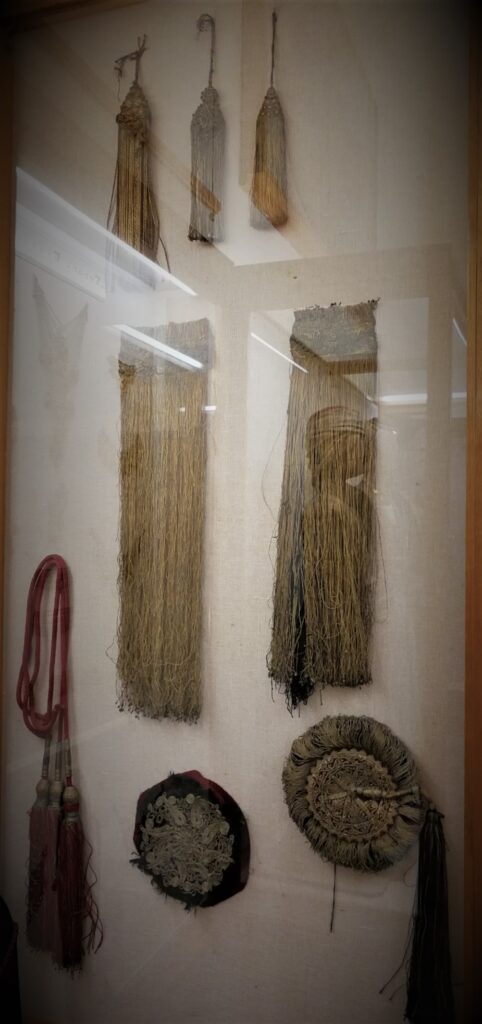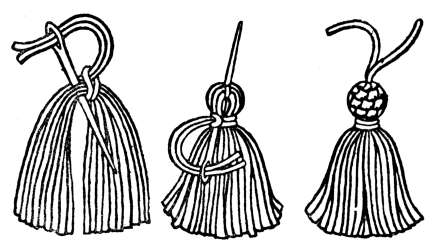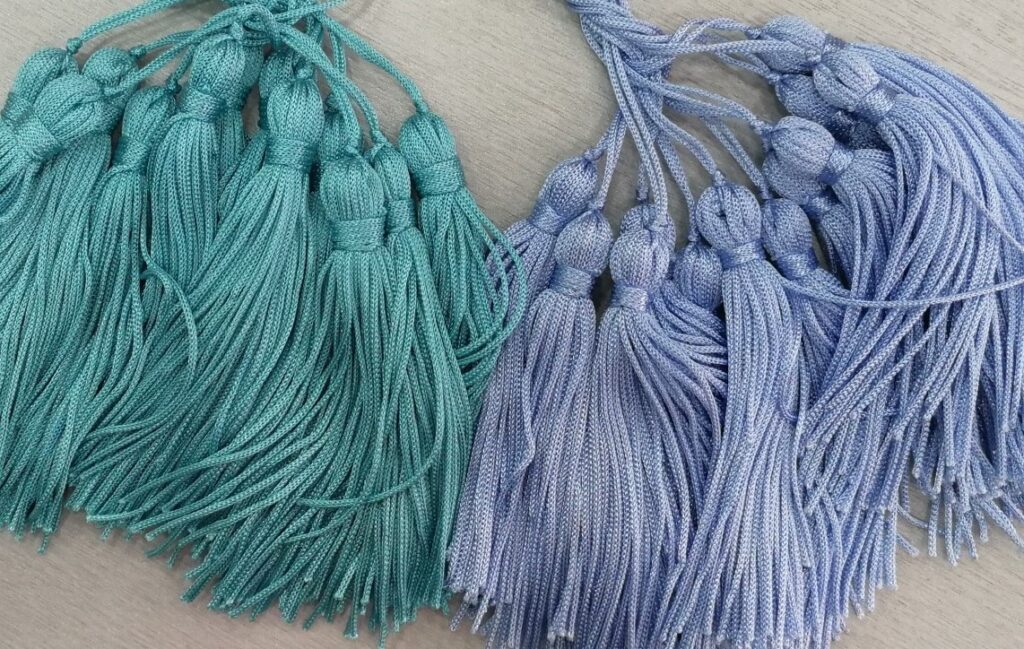As a continuation of the Misty Gaze will Amaze – 100 years of Women’s Rights to Vote show from 2015, Marie Vestergård Jacobsen, Kristina Skovby and I continued to meet up and work with burlesque performance development, for this we also developed a PLUMES Blog for Burlesque and thoughts…
… here of mine:
From the 6th of Feb. 2019.
In Athens when visiting all the museums and all the stores in the ‘fashion/textile/fabric-district’, there are tassels everywhere, on all the historic clothing, on jewelry, on hats, weapons, all over. I once asked my good actress friend living there, while we climbed a mountain and looked out over Athens and the Mediterranean Sea, ‘Why are there tassels all over, and what do you call the tassel?’ – she replied, ‘are you thinking of the fez’? At this point I had always only thought of the fez as the ‘fez-hat’ and maybe it is, but my first thought in this moment was, ‘the fez – yez! But we wear it somewhere else!’ and here I of cause thought of the burlesque tassels, shaking away most normally on a pair of very bouncing breasts, for all to enjoy.
Creating the tassel is to sum-up the essentials of your burlesque costume. The tassels are the end of the journey of your performance act. The colors, the glitter, the Rhine-stones and the weight and shine of the tassels are the climax of the burlesque act, and the fact, that the tassel itself is created by you, as a set piece of your performance makes it so familiar and important.
The first time I wore a pair of tassels in, ‘tassel-class’ at burlesque school, was mind-blowing, it was so fun, and it was impossible not to laugh, no matter what the day had brought, swinging those tassels made life beautiful, hilarious, sensual, and amazingly silly.

A basic key tassel is created by binding or otherwise gathering threads from cord protrudes on one end, where the tassel is hung. Tassels are normally decorative elements and ornaments. At first the casual termination of the tassel was to prevent a cord unraveling with a knot. As time went on, various peoples and cultures around the globe developed variations of this universal ornament. It’s been used for religious reasons, for prestigious ones, and to keep away demons and evil spirits. History of the tassel goes back to ancient Egypt and the biblical times, finding its way on garments, blankets, rugs, carriages, chandeliers, canopies, curtains, draperies and pillows, all over the world, and of cause most importantly on the pasties covering the nipples of the alluring burlesque performer.

